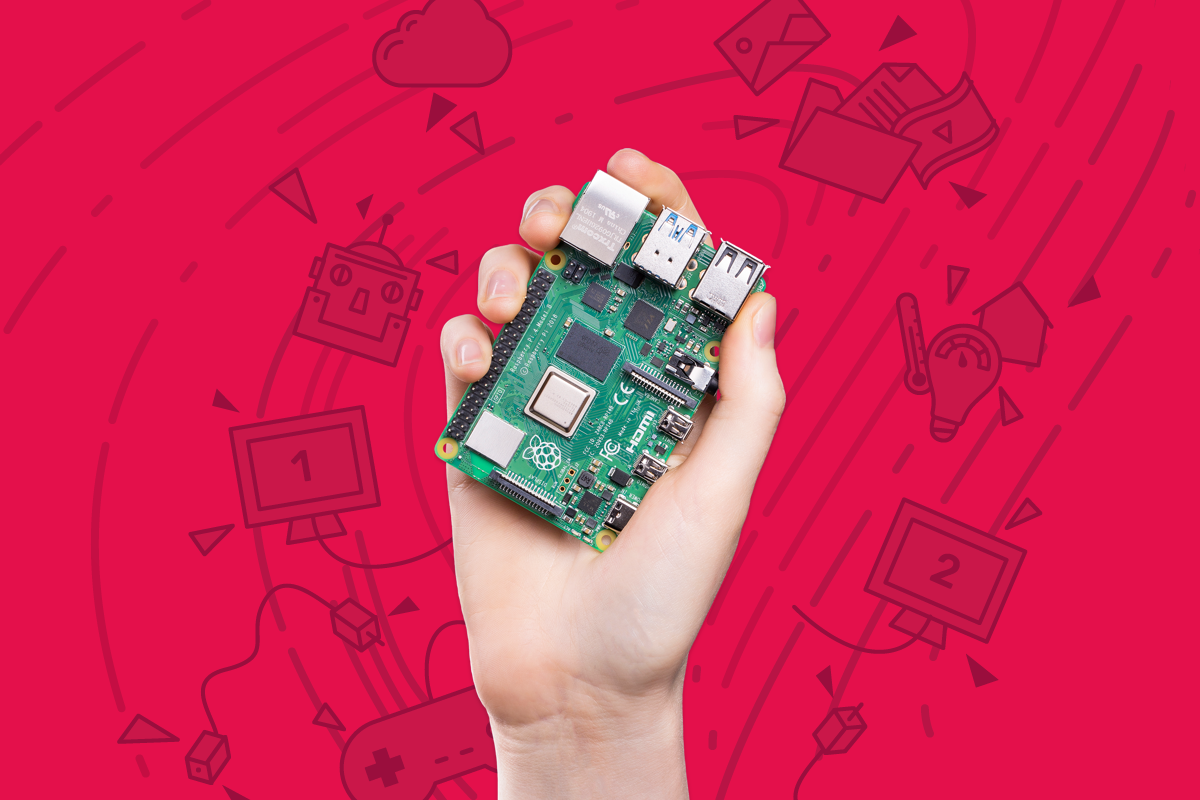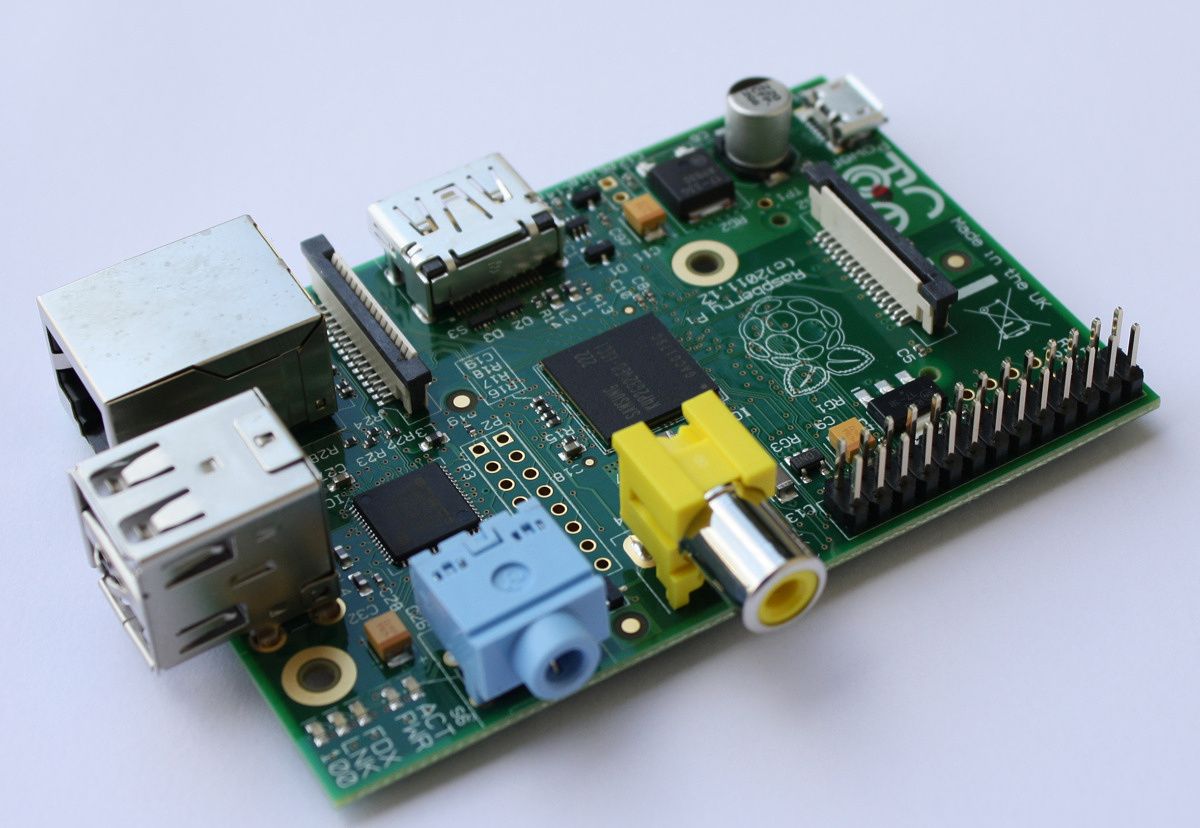The original Raspberry Pi micro-computer was a smash hit, combining an open Linux-powered ARM system with a super-cheap price point (roughly $35). There have been many models since then, but now the tiny computer that started it all is 10 years old, as of today (February 28).
Eben Upton, one of the founders of the Raspberry Pi Foundation, wrote in a blog post, "Almost exactly ten years ago today, thousands of you set your alarms, and woke on leap-day morning to discover that we’d started selling Raspberry Pi computers. By the time our all-volunteer team gathered in the pub that evening for celebratory drinks, our licensees Farnell and RS Components had taken over 100,000 orders (despite struggling to keep their websites online under the load); we had (briefly) out-trended Lady Gaga; and Raspberry Pi was on the road to becoming a little larger than we’d planned."
The original Raspberry Pi was the Pi Model B (the Model A came later), which used a BCM2835 System-on-a-Chip, 256MB RAM, Ethernet, no wireless networking at all, and a 26-pin GPIO. It was quickly followed up by a cheaper Model A, as well as "A+" and "B+" variants with more memory. The Raspberry Pi 2 arrived in 2015 with up to 1GB RAM and a newer chipset, and occasional new models with improved hardware continue to this day. Even though the Pi was originally designed for educational use, as a spiritual successor to the BBC Micro, Pi computers are now used in countless embedded and low-power systems.
Raspberry Pi's software has also continued to improve over the years. The default Raspberry Pi OS (previously called "Raspbian," based on Debian) just released an official 64-bit version earlier this month, and many other Linux distributions and operating systems are available for Pi boards as well.
If you're curious about the early days of the Raspberry Pi project, the full blog post at the source link below is an excellent read.
Source: Raspberry Pi


